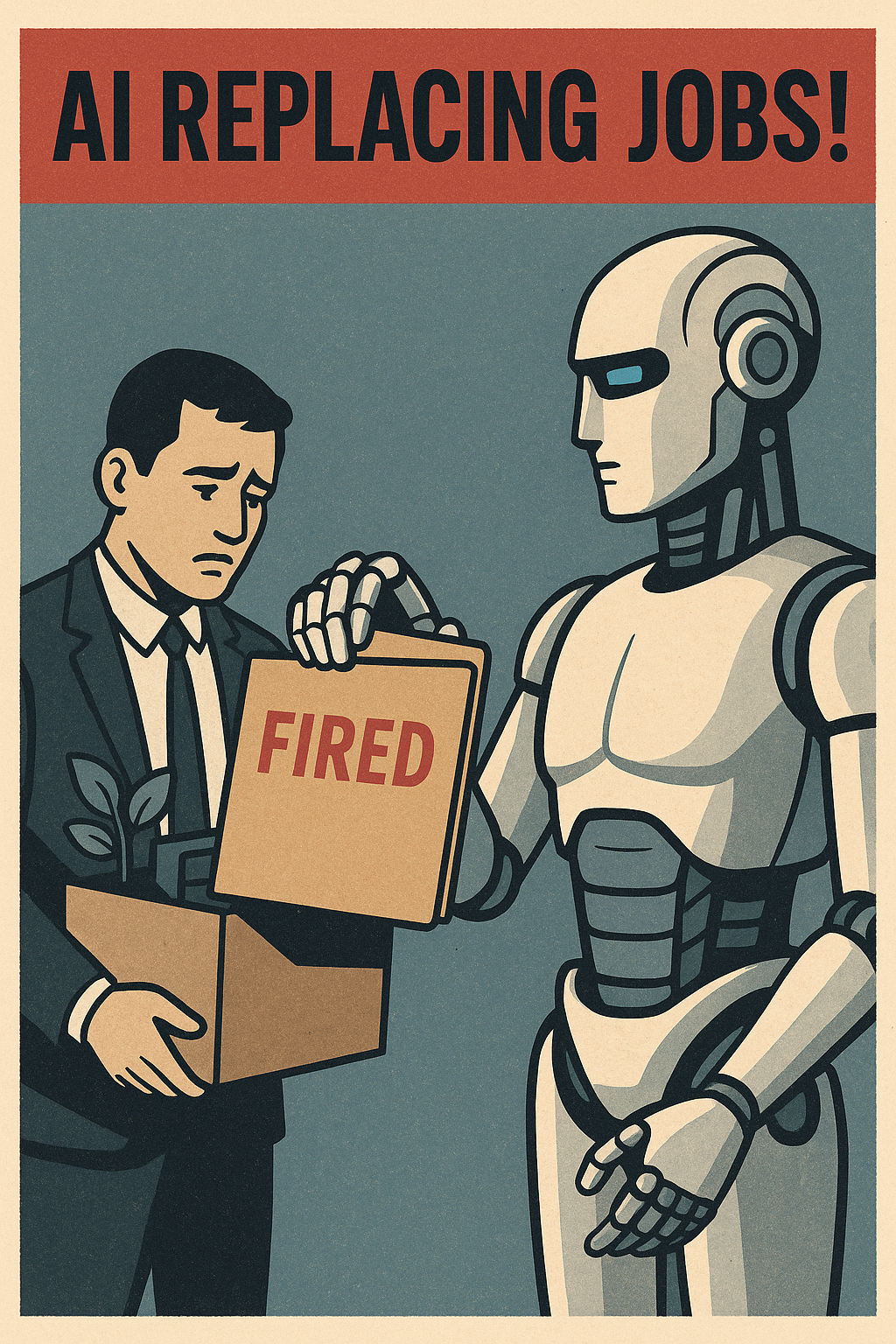Demystifying AI vs. Control Flow: How They Differ in Decision-Making
Demystifying AI vs. Control Flow: How They Differ in Decision-Making?
Introduction
In the world of technology, you might have heard about "Artificial Intelligence" (AI) and "control flow." These terms often pop up when discussing decision-making in the tech world. While they both help make choices, they are quite different. We'll explore these differences in plain language so that anyone, regardless of their programming knowledge, can understand them.
1. Getting to Know Control Flow
Think of control flow as the conductor of an orchestra. It decides when each instrument should play. In the world of computers, control flow helps decide which part of a program should run next. It does this by checking certain conditions and following a set of instructions.
2. Control Flow in Decision-Making
Imagine you have a set of instructions for a game. When you reach a fork in the road, you look at the instructions to decide which path to take. If the instructions say, "If it's raining, take the left path; otherwise, take the right path," you're using a kind of control flow. It's like a "choose your own adventure" book for computers.
3. Artificial Intelligence (AI): A Step Beyond
AI, on the other hand, is like giving the computer a brain. It helps computers do things that need human-like thinking, such as learning from information, recognizing patterns, making predictions, and adapting to new situations.
4. How AI Makes Decisions?
Imagine you have a smart assistant like Siri or Alexa. They learn from what you say and do. Over time, they understand your habits and can predict what you might ask or need. This is AI at work. It doesn't just follow rules; it learns and grows smarter as it goes along.
5. Spotting the Differences
a. Learning and Adapting:
- Control flow sticks to the rules you set.
- AI learns from data and can make choices beyond what's written in the rules.
b. Complexity:
- Control flow is like following a recipe step by step.
- AI uses fancy math and tricks to do things like understanding languages and recognizing faces.
c. Data Matters:
- Control flow doesn't need lots of data; it just follows your instructions.
- AI loves data; it learns best when it has lots of examples to study.
d. Human-Like Tasks:
- Control flow is about following orders.
- AI can do tasks that seem almost human, like talking to you or recognizing pictures.
6. Real-Life Examples
- Control flow: Imagine a gate that opens if you press a button. It follows simple rules: "If button is pressed, open the gate."
- AI: Picture your email sorting out spam messages without you telling it which ones are spam. It learns from the emails you mark as spam and gets better at it over time.
Conclusion
In a nutshell, control flow helps computers follow instructions, like a well-trained dog following commands. AI, on the other hand, is more like a helpful friend who learns from you and gets better at understanding what you need. By understanding these differences, you can appreciate the magic of both in our tech-driven world, whether you're teaching a computer to follow your rules or helping it learn from the world around it.




Comments
Post a Comment